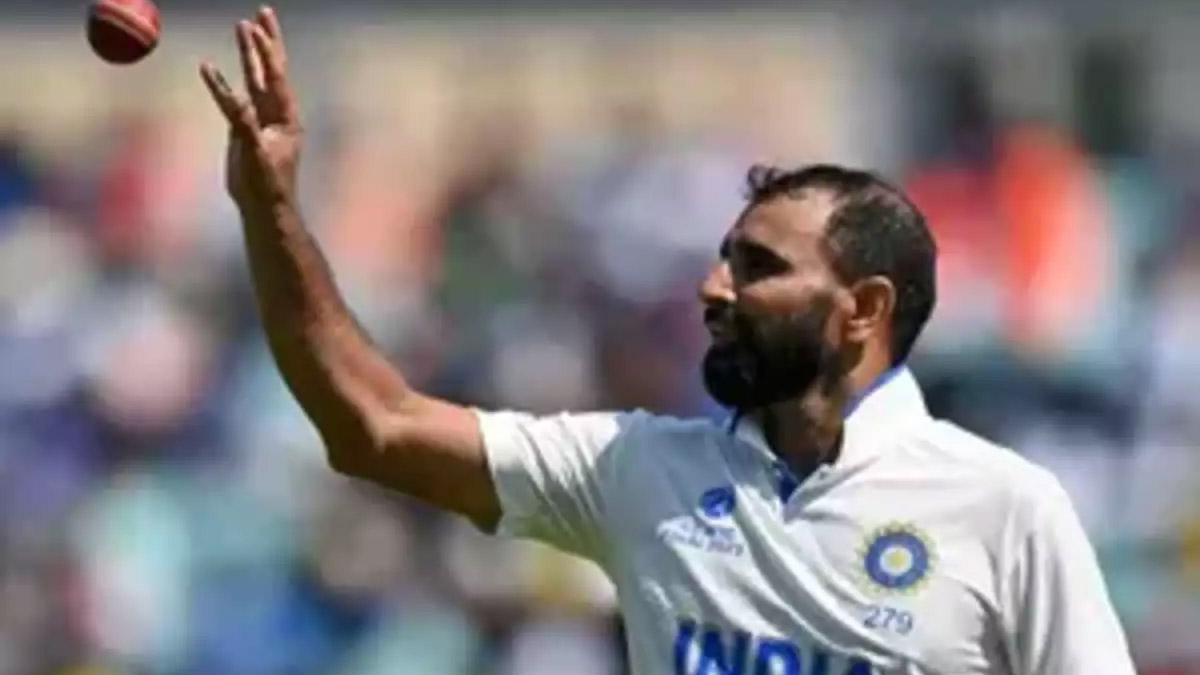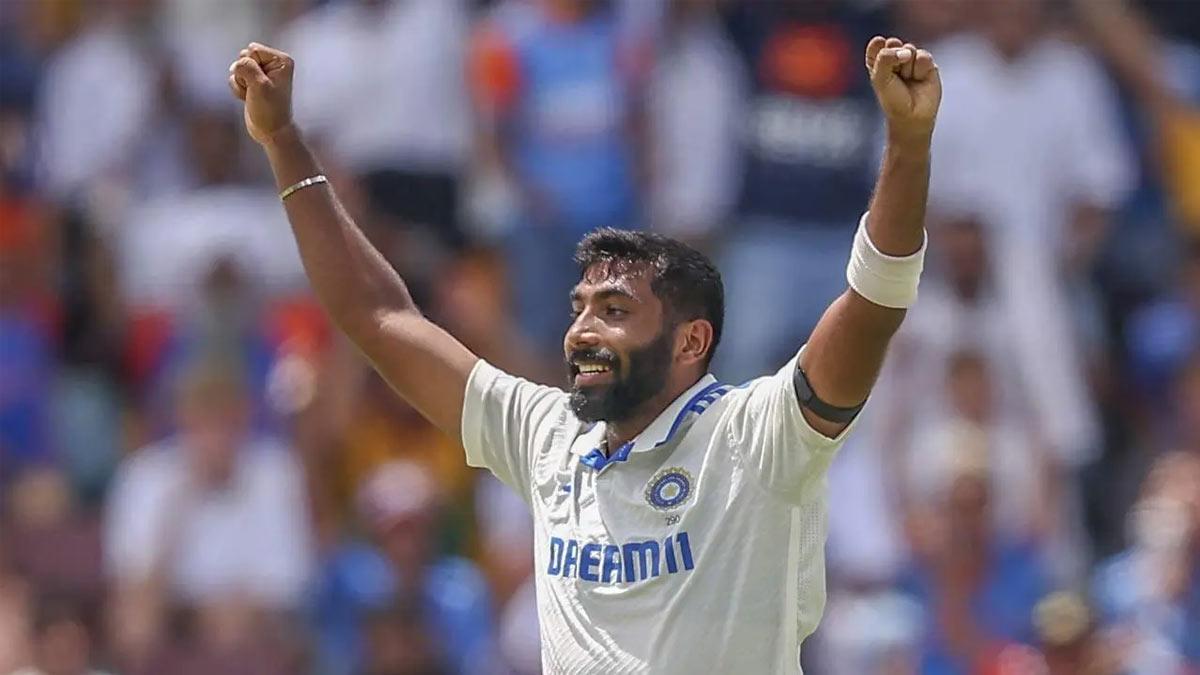Cricket's T20 format was an attempt to liven up the game and make it viewer friendly. This has proven to be a success and a lifeline for the game of cricket. Every match around the world is filled with loud, active and boisterous spectators bursting with enthusiastic energy. It reminds one of the Colosseum, where gladiators fought for their life and prestige during the days of the Roman Empire.
T20 cricket evokes a very similar attachment and emotion among the crowd, however, without the actual blood-thirsty response of yore.
The early days of T20 cricket was looked upon as a slam-bang version, wherein, thoughtless cross-bat heaves and stroke-play was the norm to follow. Yuvraj Singh, hitting 6 sixes off a Stuart Broad over, in the first ever T20 World Cup was the epitome of every batter's desire. India, winning the Cup in 2007 was just the tonic that the doctor ordered to get the Indian fans activated.
The Indian Premier league (IPL) in 2008 had sceptics who felt that cricket was being sacrificed for commercial gains and that the sport will lose its character and the values that it stands for. The gentleman's game that revelled in artistic stroke-play, would breed swatters who would do well killing flies. A brilliant 158 runs by Brendon McCullum from New Zealand off just 73 balls for Kolkata Knight Riders in the inaugural match of the IPL in 2008 was an eye opener. He played correct, conventional and courageous cricket shots, that not only made one admire his innings but it also became the precursor for others to follow. It gave just the boost required not only to the T20 format but also to the most lucrative cricket league in the world, the IPL.
Also read | Nadal breezes into French Open fourth round; young Alcaraz overcomes Korda
Chris Gayle, the powerful and strong West Indian cricket star with his lusty hits, became the superstar of the IPL and one every batter wanted to emulate. Cricket changed from being a game of a number of runs scored to strike-rates, indicating the number of balls faced to get them.
Cricket, therefore, came alive with batters ready to strike and attack. The fast pace of the game forced cricketers to get more agile, fit and thereby look like well-sculptured athletes. The cameras at all corners of the field highlighted every move they made and the slow motion replays became a luxury to enjoy. A cricket match developed into a mystery story of an uncertain ending, as well as giving rise to heroes and villains as it progressed -- an entertainment for the family to partake in.
The slam-bang approach of the initial T20 theory gradually gave way to a more planned and strategy-driven concept. Players, matches and conditions were being analysed to the ultimate degree by IT professionals and teams of skilled support staff, utilising the data and findings extensively for their use.
T20 cricket has gradually changed by leaps and bounds. It has become a chess match between two teams, each making moves and thinking steps ahead. Yuzvendra Chahal, the wily leg-spinner and a reputed chess player himself, in a recent interview, stated as to how he studies the batsman to outthink him. Interestingly, the game has become a mental battle between the batter and the bowler. Each one is trying to read the other to outsmart one another.
The batsman has a hint of what the bowler has in mind by the field placement put in place. However, many bowlers have outfoxed the batsman by playing a dummy move. A batter still has an advantage with bowlers having a width restriction as well as a restriction of fielders outside the 30-yard circle. The bowlers have also innovated in a major way. The variety of deliveries that many have now skilled themselves to bowl are quite remarkable and innovative.
Cricket has never had such a transformation like what it is going through in the last decade. Innovative and unimaginable strokes by the batters and varieties of variable deliveries being churned out by bowlers, has made cricket into a very different game from that in the past.
The chess board comes so much into prominence in the present T20 world of cricket. Many pawns are sacrificed and rooks, bishops and knights moved to strategise a victory. A Queen is an all-rounder who could, through batting or bowling, change the complexion of the game. The King is the citadel that every franchise team is protecting, through planned strategies and thoughtful moves to avoid a checkmate.
Cricket finally has become a game of brain as well as brawn -- one that requires a cricketer to think correctly and to implement forcefully. The T20 format has totally revolutionised cricket for years to come.
One feels Test cricket will never be the same again. The modern cricketers are products of the fast changing digital world, wherein speed is important for progress. The laggards will be left behind.
Chess too has a 'Rapid' version to it. T10 cricket could be the next one to follow. One wonders what new innovation will come forth then.


















